Chairs play a significant role in shaping our bodies and thoughts. They are among the earliest technologies encountered by American and European children, starting with high chairs for dining.
Even before that, they are legally fastened in specially designed car seats. At school, chairs are common fixtures and some of the first words a child learns. Chairs are deeply ingrained in our lives, along with their simpler relatives, stools and benches, for thousands of years. Interestingly, they are not inherently necessary or particularly healthy, even in industrial societies.
Most of the world’s population historically used chairs infrequently, and many still do not. Nevertheless, chairs have become ubiquitous worldwide, sometimes due to Western influence, but often spontaneously adopted. This transformation represents one of the most comprehensive and seemingly irreversible shifts in the history of chairs.
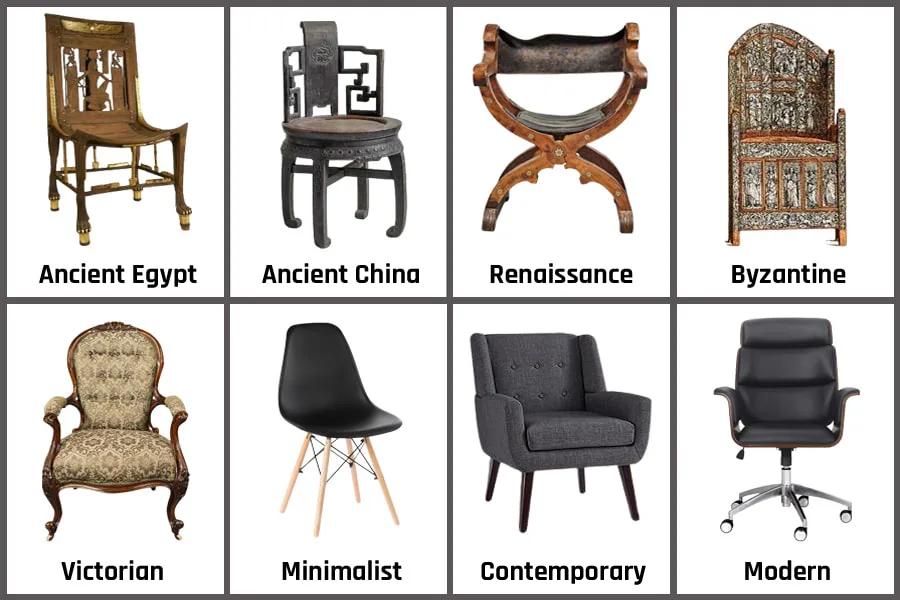
What is the origin of the word “chair”?
The English word “chair” can be traced back to the 13th century which has its roots in the Old French “chaere” meaning “chair, seat, throne.”
This, in turn, is derived from the Latin word “cathedra,” signifying “seat.” Interestingly, “cathedra” is also the Latin term for “chair” and is the source of the word “cathedrals” because cathedrals are where bishops have their seats.
Evolution of Chairs by Year
Here’s a summary table describing the evolution of chairs and the corresponding years:
| Evolution of Chairs | Year of Evolution |
| Ancient Egyptian Chairs | Around 3100 BC |
| Rise of Chairs in China | 12th Century |
| Renaissance in Europe | 16th Century |
| Industrial Revolution | 19th Century |
| 20th Century Advances | 20th Century |
| Modern Chair Designs | 1960s and beyond |
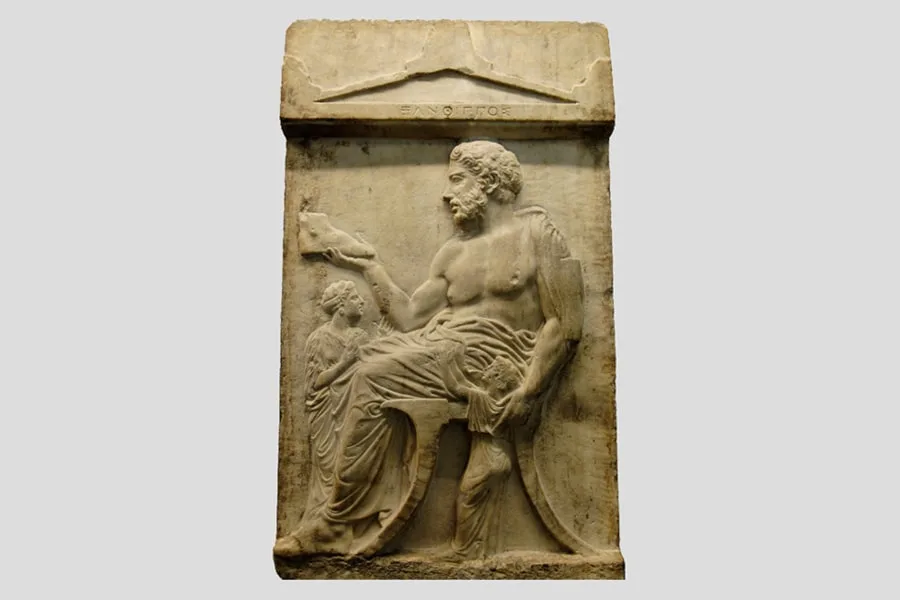
The Early Evolution of Chairs
The history of chairs is an intriguing journey through time, reflecting shifts in societal norms and technological advancements. In antiquity, chairs held a symbolic role, representing authority and dignity more than everyday utility.
This symbolism persists, with the chair remaining an emblem of authority in the House of Commons in the United Kingdom and Canada, as well as in various other contexts. Words like ‘chairman’ and ‘chair’ are employed to denote leadership positions in committees, boards, and academic departments.
Endowed professorships are even referred to as chairs. However, it wasn’t until the 16th century that chairs became commonplace household items.
Before this era, people typically sat on chests, benches, and stools, which served as the everyday seating furniture. Surviving chairs from earlier periods are rare, with most examples originating from ecclesiastical, seigneurial, or feudal contexts.
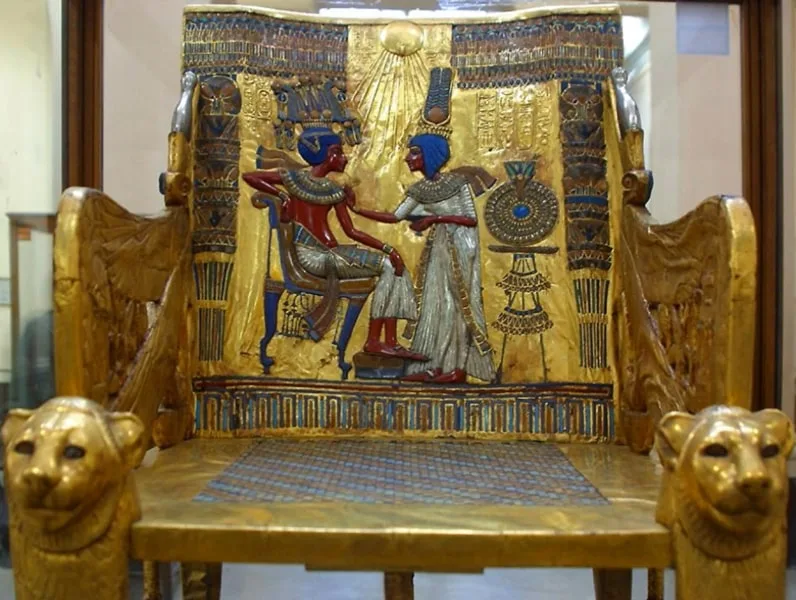
In ancient Egypt, chairs trace back to at least the Early Dynastic Period (circa 3100 BC). These early chairs were quite distinct from contemporary designs. They featured cloth or leather coverings, carved wooden frames, and notably, lower seat heights – sometimes as low as 10 inches.
Egyptian chairs exuded grandeur, often constructed from ebony, ivory, or ornate gilded wood. These chairs were adorned with lavish materials, intricate patterns, and often featured legs shaped like animals or captive figures.
The status of the individual determined the chair’s height and opulence, with pharaohs using elaborate thrones, occasionally accompanied by footstools on state occasions.
However, chairs were not prevalent in Egyptian households, and when they were present, only the household head typically sat on them. While some chairs among the well-off were painted to mimic the luxurious inlaid and carved chairs of the elite, the quality of craftsmanship usually fell short.
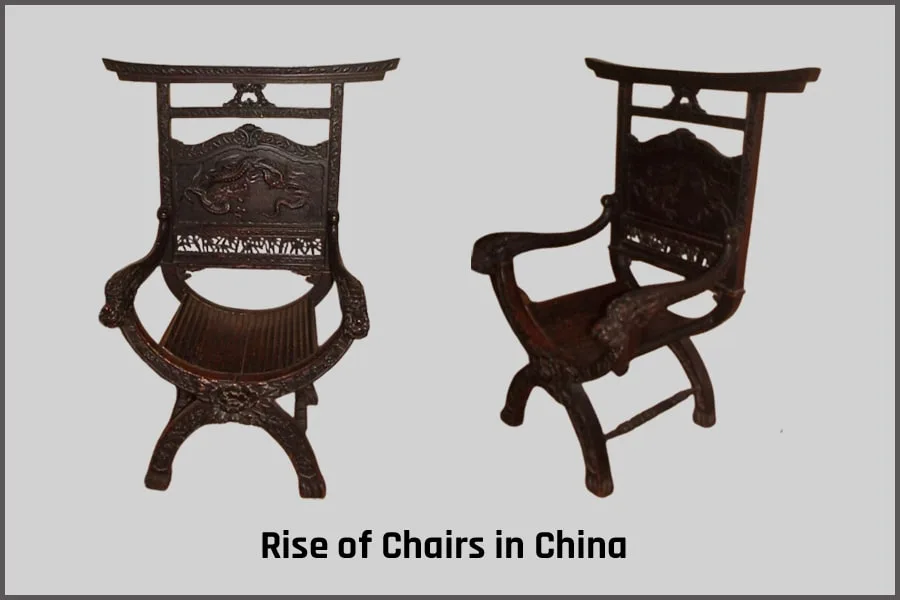
In China, chairs made their earliest appearances in sixth-century Buddhist murals and steeles. Nevertheless, sitting in chairs during this period was relatively rare. It wasn’t until the twelfth century that chairs became more widespread in China.
The reasons behind the chair’s adoption in China remain a subject of debate among scholars.
Several theories propose that chairs developed from indigenous Chinese furniture, evolved from imported camp stools from Central Asia, were introduced by Christian missionaries in the seventh century, or were imported from India as a form of Buddhist monastic furniture.
In contrast to neighboring countries like Korea and Japan, modern China no longer commonly features floor-level seating.
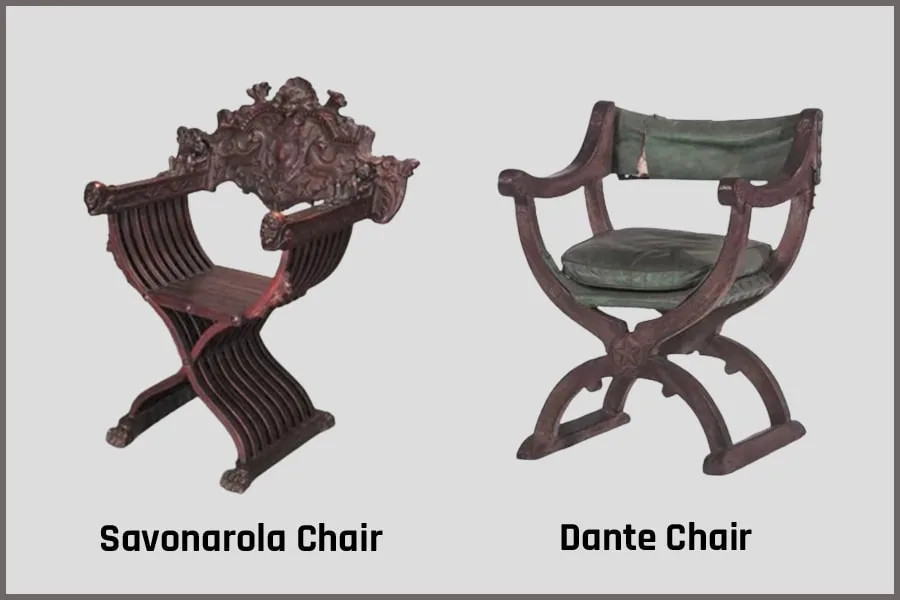
The Renaissance and the Evolution of Chairs
The Renaissance era marked a significant shift in the role of chairs in Europe. Once seen as a symbol of privilege and authority, chairs became standard pieces of furniture accessible to those who could afford them. The notion of privilege slowly dissipated, allowing chairs to gain widespread use.
As time progressed, chair designs adapted to reflect the ever-changing fashions of the day.
In the 1880s, chairs began to take their place in American households. Families typically provided a chair for each family member, particularly during meal times.
By the 1830s, factory-manufactured “fancy chairs,” including those by prominent companies like Sears, Roebuck, and Co., made it possible for families to purchase mass-produced sets. The Industrial Revolution further increased the availability of chairs.
The 20th century ushered in a new era of technological advancements in chair construction. The use of all-metal folding chairs, metal-legged chairs, molded plastic chairs, and ergonomic designs became increasingly common. The recliner gained popularity, partly driven by the rise of radio and television.

The Modern Era of Chairs
The 1960s introduced fresh chair designs, including the butterfly chair, originally known as the Hardoy chair, as well as bean bags and the egg-shaped pod chair that swivels.
This era also marked the advent of mass-produced plastic chairs, exemplified by the Bofinger chair in 1966. Technological progress led to the development of molded plywood and wood laminate chairs, alongside chairs made from leather or polymers.
Mechanical innovations were incorporated into chairs, resulting in adjustable designs suitable for office use. Embedded motors in chairs gave rise to massage chairs, catering to the evolving needs and preferences of modern society.
FAQ
When were chairs first introduced in history?
Chairs were first introduced in ancient history, with evidence dating back to at least the Early Dynastic Period of Egypt around 3100 BC, making them over 5,000 years old.
What were the early symbolic uses of chairs?
In early history, chairs were primarily symbolic articles of state and dignity, representing authority. They were used as emblems of power in the House of Commons, committees, and academic departments.
What technological advancements influenced chair construction in the 20th century?
In the 20th century, technological advancements transformed chair construction, introducing innovations like all-metal folding chairs, metal-legged chairs, molded plastic chairs, ergonomic designs, recliners, mass-produced plastic chairs, molded plywood, wood laminate, leather, and polymer materials.
Final Notes
The history of chairs reflects the evolution of cultures, lifestyles, and technology, making them not just functional pieces of furniture, but also compelling symbols of human progress and ingenuity.
